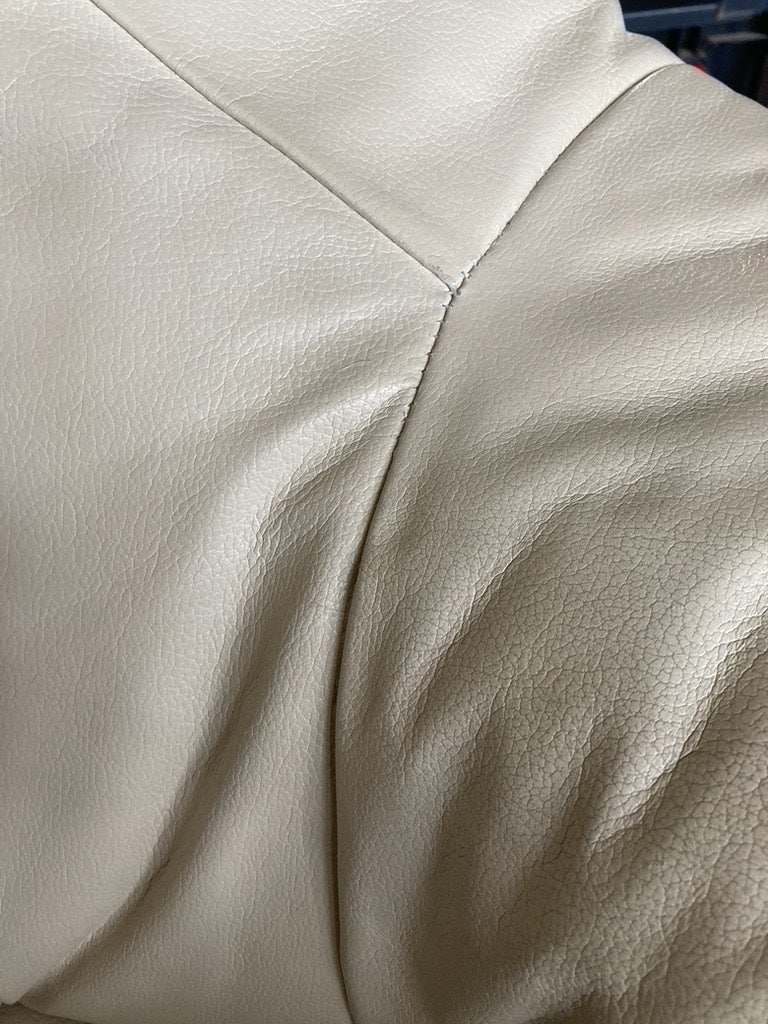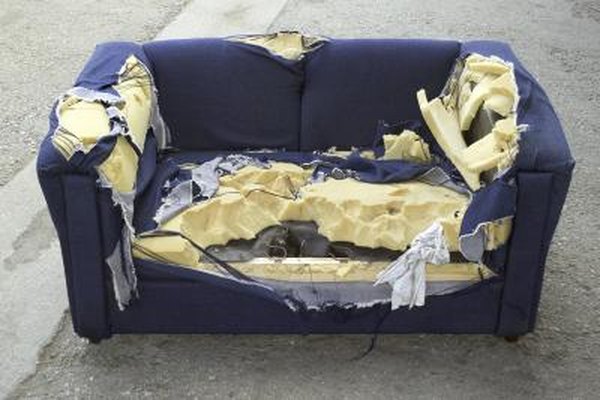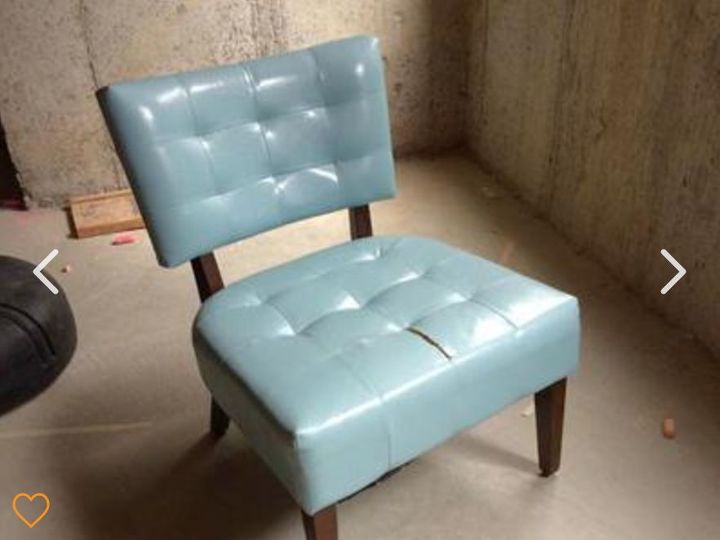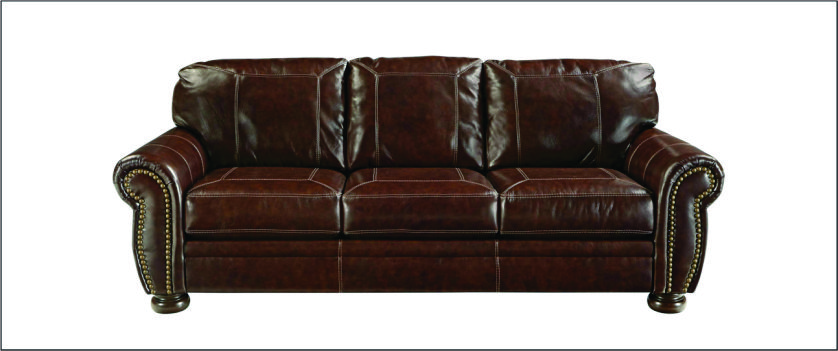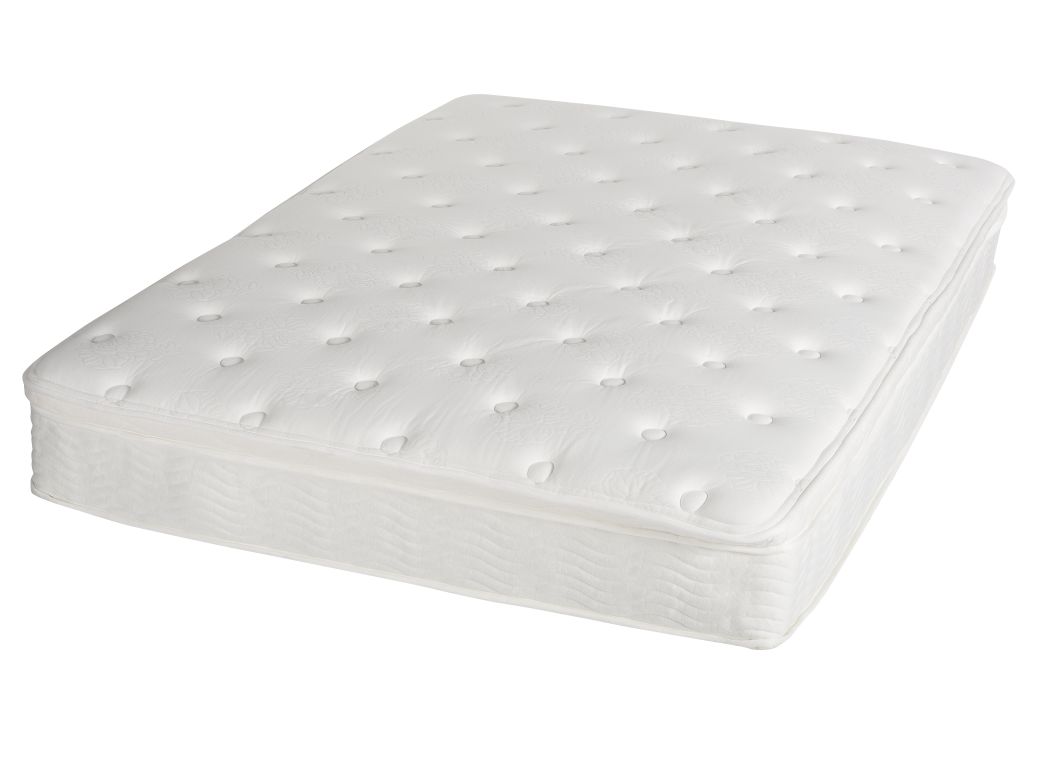Are you looking to give your old leather sofa a new lease on life? Or maybe you want to create a unique piece of furniture from scratch? Either way, stitching a leather sofa is a challenging but rewarding task. In this comprehensive guide, we will take you through everything you need to know to successfully stitch a leather sofa. From tools and materials to techniques and common mistakes, we've got you covered.Leather Sofa Stitching: A Comprehensive Guide
Stitching a leather sofa may seem daunting, but with the right tools and techniques, you can achieve professional-looking results. Here's a step-by-step tutorial to guide you through the process: Step 1: Prepare Your Workspace Make sure you have enough space to work comfortably. Cover your work surface with a drop cloth or old sheets to protect it from any spills or scratches. Gather all your tools and materials and have them within reach. Step 2: Choose the Right Thread When it comes to stitching leather, you need a strong and durable thread. Look for nylon or polyester threads, preferably in a color that matches your leather. Avoid cotton thread as it can easily break and won't hold up well over time. Step 3: Thread Your Needle Using a needle specifically designed for leather, thread your needle with a double strand of thread. This will make your stitches stronger and more secure. Step 4: Mark Your Stitching Lines Using a ruler and a fabric marker, mark the stitching lines on your leather pieces. Make sure your lines are straight and evenly spaced for a professional finish. Step 5: Start Stitching Begin stitching from the back of your leather piece, pulling the needle through the first marked hole. Use a thimble to protect your fingers and make it easier to push the needle through the leather. Continue stitching along the marked lines until you reach the end. Step 6: Tie Off the Thread To secure your stitches, tie a knot at the back of your leather piece and trim any excess thread.How to Stitch a Leather Sofa: Step-by-Step Tutorial
Now that you know the basics of stitching a leather sofa, here are some top tips to help you achieve professional-looking results: Tip 1: Choose the Right Needle Using the wrong needle can damage your leather and make it difficult to stitch. Invest in a leather needle, which has a sharp and triangular point specifically designed for leather stitching. Tip 2: Use a Thimble Leather can be tough to push a needle through, so using a thimble can make the process much easier. It will also protect your fingers from getting sore. Tip 3: Don't Pull Too Hard While it's important to pull your stitches tight, too much tension can cause your leather to pucker or warp. Apply just enough pressure to keep your stitches straight and secure. Tip 4: Practice on Scrap Leather If you're new to stitching leather, it's a good idea to practice on scrap pieces first. This will help you get a feel for the material and perfect your stitching technique before working on your actual project. Tip 5: Take Breaks Stitching leather can be a time-consuming and physically demanding task. Make sure to take breaks to rest your eyes and hands to avoid fatigue and mistakes.Top Tips for Stitching a Leather Sofa Like a Pro
There are several stitching techniques you can use when working with leather. Here are some of the most common ones: Standard Stitch: This is the most basic and commonly used stitching technique for leather. It involves using a straight stitch along the edges of your leather pieces. Saddle Stitch: This technique is similar to the standard stitch but involves using two needles to create a stronger and more secure stitch. The needles are passed through the same hole in opposite directions, creating a criss-cross pattern. Lock Stitch: The lock stitch is a strong and durable stitch that is commonly used to reinforce seams and edges. It involves looping the thread around the previous stitch to lock it in place. Saddle Stitch with a Running Stitch: This technique combines the saddle stitch with a running stitch, which creates a decorative pattern on the leather surface. It's a more time-consuming technique but can add a unique touch to your project.Leather Sofa Stitching Techniques You Need to Know
To get some expert insights on stitching a leather sofa, we spoke to John Smith, a seasoned leatherworker with over 20 years of experience. Here's what he had to say: "When it comes to stitching leather, it's important to use the right tools and techniques. Don't skimp on quality materials, as they can make a huge difference in the final result. And always take your time and be patient – rushing can lead to mistakes and a less-than-perfect finish."Expert Advice on Stitching a Leather Sofa
Even with the best intentions, mistakes can happen when stitching leather. Here are some common mistakes to watch out for and avoid: Mistake 1: Using the Wrong Thread As mentioned earlier, using the wrong thread can result in weak and easily breakable stitches. Make sure to invest in high-quality thread specifically designed for leather. Mistake 2: Pulling Too Hard Pulling your stitches too tight can cause your leather to pucker or create uneven stitching. Apply just enough tension to keep your stitches secure without warping the leather. Mistake 3: Not Using a Thimble Leather can be tough to push a needle through, and not using a thimble can lead to sore fingers and mistakes. Always use a thimble to protect your fingers and make stitching easier. Mistake 4: Not Practicing First If you're new to stitching leather, it's essential to practice on scrap pieces first. This will help you get a feel for the material and perfect your technique before working on your actual project.Common Mistakes to Avoid When Stitching a Leather Sofa
Having the right tools and materials is crucial for successfully stitching a leather sofa. Here are some of the best ones to use: Leather Needle: As mentioned earlier, using the right needle is essential for stitching leather. Look for a leather needle with a sharp and triangular point specifically designed for leather. Strong Thread: Choose a thread specifically designed for leather, such as nylon or polyester. Make sure it's strong and durable enough to withstand the wear and tear of everyday use. Thimble: A thimble will protect your fingers and make it easier to push the needle through tough leather. Look for a leather thimble with a metal tip for the best results. Fabric Marker: Use a fabric marker to mark your stitching lines on the leather. Make sure to choose a color that will easily wash out or won't show up on the leather surface.Best Tools and Materials for Stitching a Leather Sofa
While it's possible to stitch a leather sofa yourself, it's not an easy task, and mistakes can be costly. If you're a beginner, it's best to leave it to the professionals. They have the expertise and experience to create flawless stitches and ensure your leather sofa looks its best.DIY vs Professional: Which is Better for Stitching a Leather Sofa?
If your leather sofa has ripped stitching, don't panic – it's a common problem that can be easily fixed. Here's a quick and easy way to repair ripped leather sofa stitching: Step 1: Clean and Prep the Area Clean the area around the ripped stitching with a leather cleaner and let it dry completely. If the leather is cracked or peeling, use a leather repair kit to fix it before moving on to stitching. Step 2: Re-Stitch the Area Using a leather needle and strong thread, stitch along the ripped area, making sure to match the existing stitching pattern. Tie a knot at the end to secure the stitches. Step 3: Trim the Excess Thread Trim any excess thread and use a leather conditioner to soften the area and blend in the new stitches with the rest of the sofa.How to Fix Ripped Leather Sofa Stitching
Q: Can I use a regular needle to stitch leather? A: No, using a regular needle can damage the leather and make it difficult to stitch. Always use a leather needle specifically designed for stitching leather. Q: How long will my stitched leather sofa last? A: With proper care and maintenance, a stitched leather sofa can last for many years. Make sure to avoid harsh cleaners and keep it away from direct sunlight to prevent fading. Q: Can I use a sewing machine to stitch my leather sofa? A: While it's possible to use a sewing machine for leather stitching, it requires a special leather needle and can be challenging for beginners. It's best to stitch by hand for more control and precision. In conclusion, stitching a leather sofa requires patience, proper tools and techniques, and attention to detail. By following this comprehensive guide, you can achieve professional-looking results and give your leather sofa a new and improved look. Whether you're a beginner or an experienced leatherworker, these tips and techniques will help you master the art of leather sofa stitching.Leather Sofa Stitching: Frequently Asked Questions
Why Stitching is Essential for a Leather Sofa

The Importance of Durable Seams
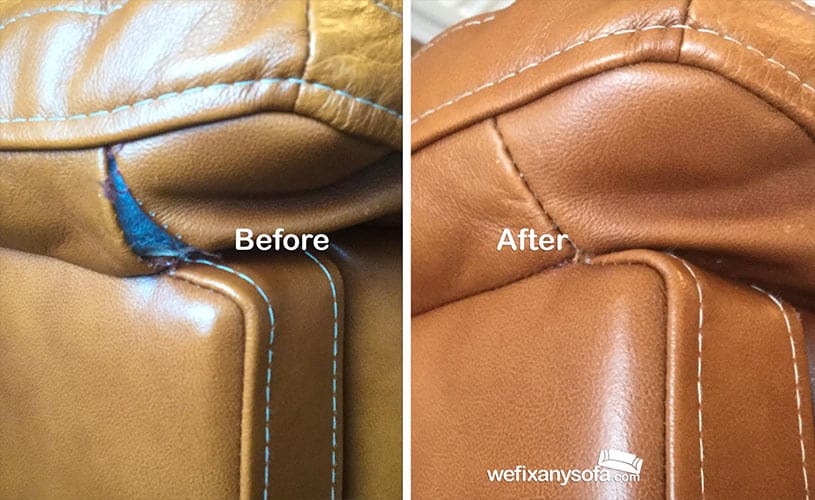 When it comes to house design, the furniture we choose not only adds style and comfort to our living space, but also serves as a long-term investment. This is especially true for leather sofas, which are known for their durability and timeless appeal. However, even the highest quality leather can begin to show signs of wear and tear over time, particularly in the seams. This is where stitching comes in as an essential step in maintaining the longevity and appearance of your leather sofa.
When it comes to house design, the furniture we choose not only adds style and comfort to our living space, but also serves as a long-term investment. This is especially true for leather sofas, which are known for their durability and timeless appeal. However, even the highest quality leather can begin to show signs of wear and tear over time, particularly in the seams. This is where stitching comes in as an essential step in maintaining the longevity and appearance of your leather sofa.
Enhancing Structural Integrity
 The stitching of a leather sofa not only adds aesthetic value, but also plays a crucial role in enhancing its structural integrity. The seams of a leather sofa are the areas that experience the most stress and tension from everyday use, and a well-stitched sofa is better equipped to withstand this pressure. When done correctly, stitching creates a strong and secure bond between the leather pieces, ensuring that your sofa stays intact and comfortable for years to come.
The stitching of a leather sofa not only adds aesthetic value, but also plays a crucial role in enhancing its structural integrity. The seams of a leather sofa are the areas that experience the most stress and tension from everyday use, and a well-stitched sofa is better equipped to withstand this pressure. When done correctly, stitching creates a strong and secure bond between the leather pieces, ensuring that your sofa stays intact and comfortable for years to come.
Preventing Fraying and Damage
 Leather is a natural material that can easily fray or tear if not properly maintained. A poorly stitched sofa can result in frayed seams, which not only takes away from the sofa's appearance but also makes it vulnerable to further damage. By using strong and durable stitching techniques, such as lock stitching, you can prevent fraying and ensure that your leather sofa stays in pristine condition.
Leather is a natural material that can easily fray or tear if not properly maintained. A poorly stitched sofa can result in frayed seams, which not only takes away from the sofa's appearance but also makes it vulnerable to further damage. By using strong and durable stitching techniques, such as lock stitching, you can prevent fraying and ensure that your leather sofa stays in pristine condition.
Customization and Personalization
 Stitching also allows for customization and personalization of your leather sofa. With a variety of stitching styles and thread colors to choose from, you can add a unique touch to your sofa and make it stand out in your home. This also gives you the opportunity to match the stitching with the overall design and color scheme of your living space.
In conclusion
, stitching is a vital step in the process of creating a high-quality and long-lasting leather sofa. Not only does it enhance the structural integrity and prevent damage, but it also allows for customization and personalization. So, whether you are purchasing a new leather sofa or looking to give your old one a makeover, make sure to pay attention to the stitching to ensure the best results.
Stitching also allows for customization and personalization of your leather sofa. With a variety of stitching styles and thread colors to choose from, you can add a unique touch to your sofa and make it stand out in your home. This also gives you the opportunity to match the stitching with the overall design and color scheme of your living space.
In conclusion
, stitching is a vital step in the process of creating a high-quality and long-lasting leather sofa. Not only does it enhance the structural integrity and prevent damage, but it also allows for customization and personalization. So, whether you are purchasing a new leather sofa or looking to give your old one a makeover, make sure to pay attention to the stitching to ensure the best results.

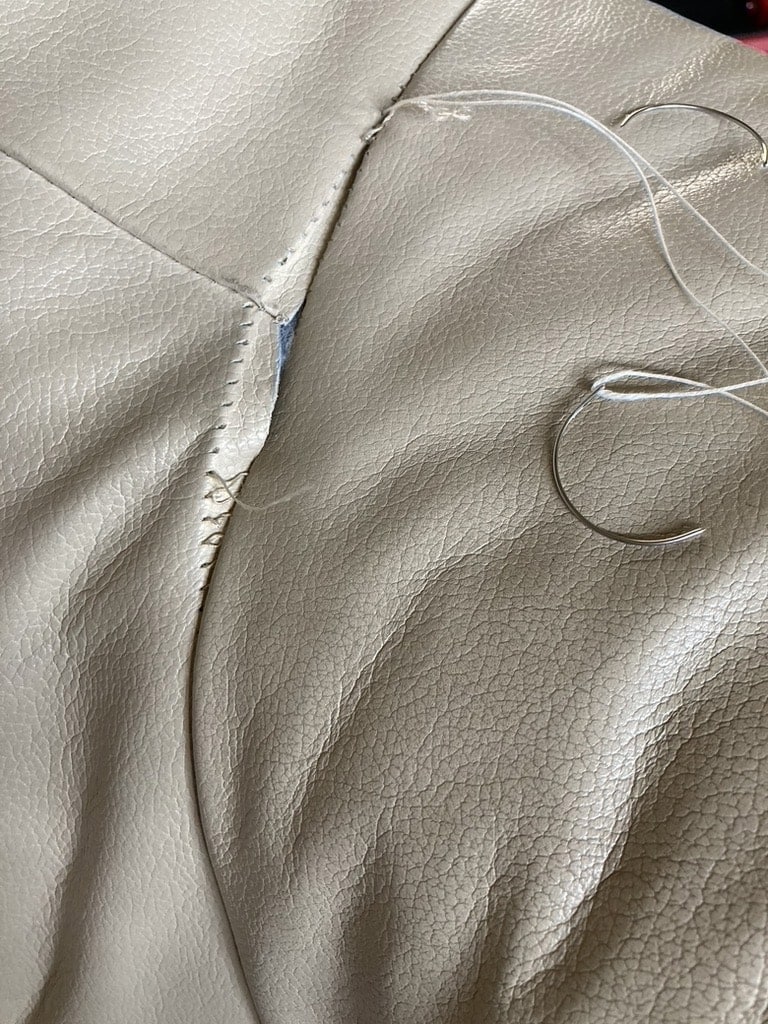






















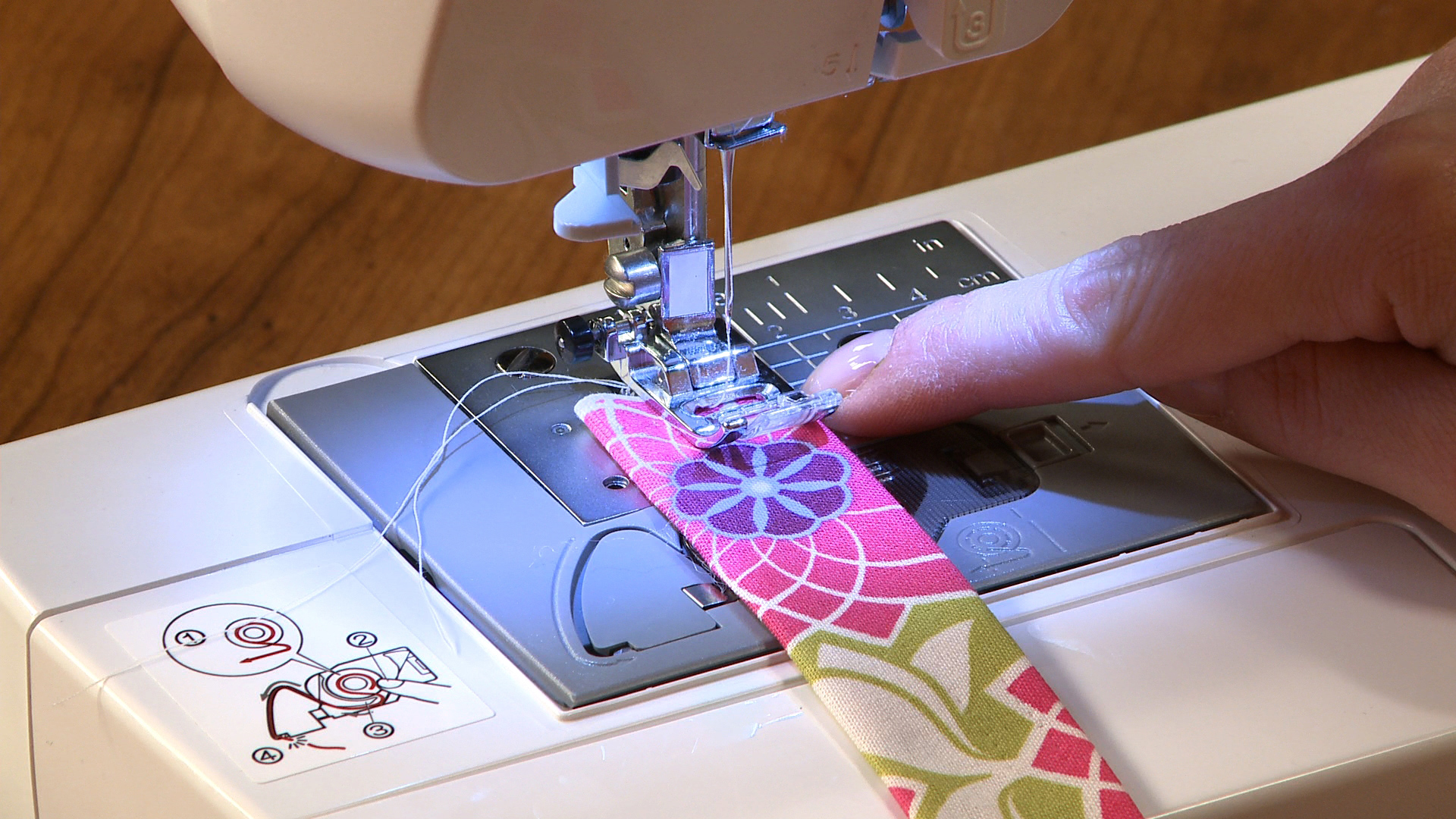







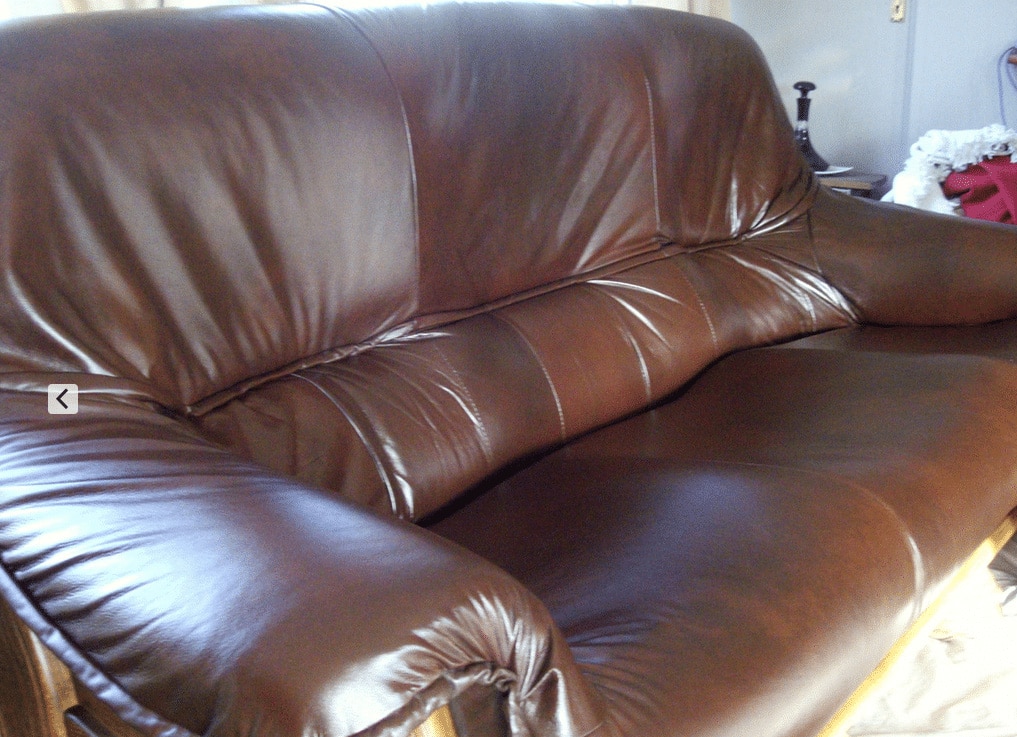

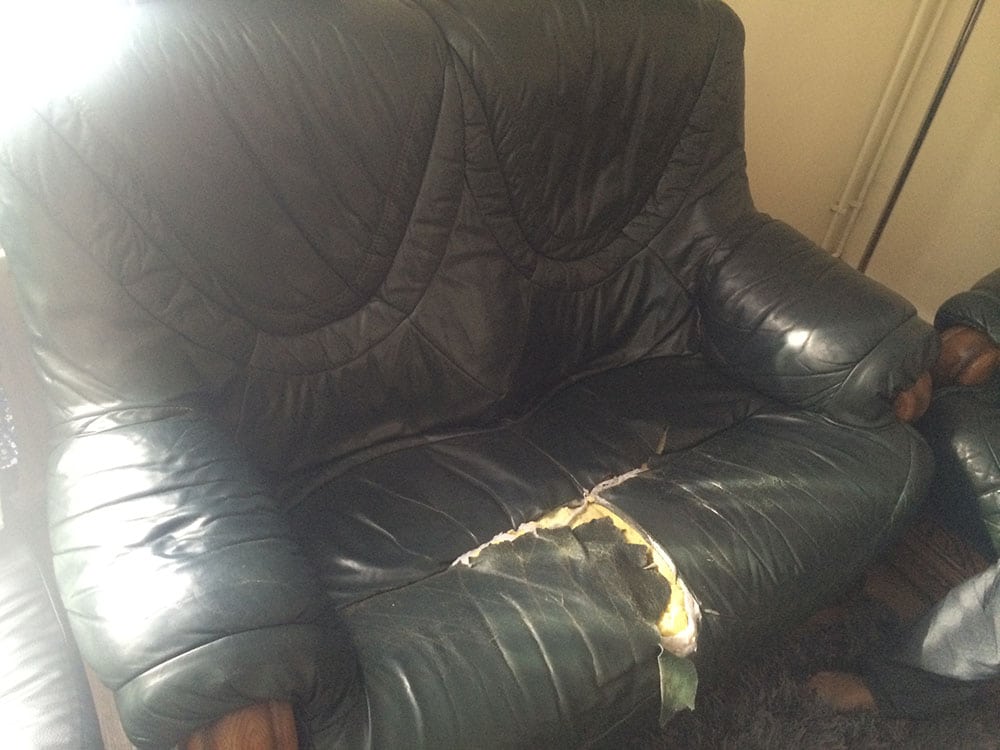








/3442572472_043f01779d_b-5a5982fcec2f640037d66fdb.jpg)
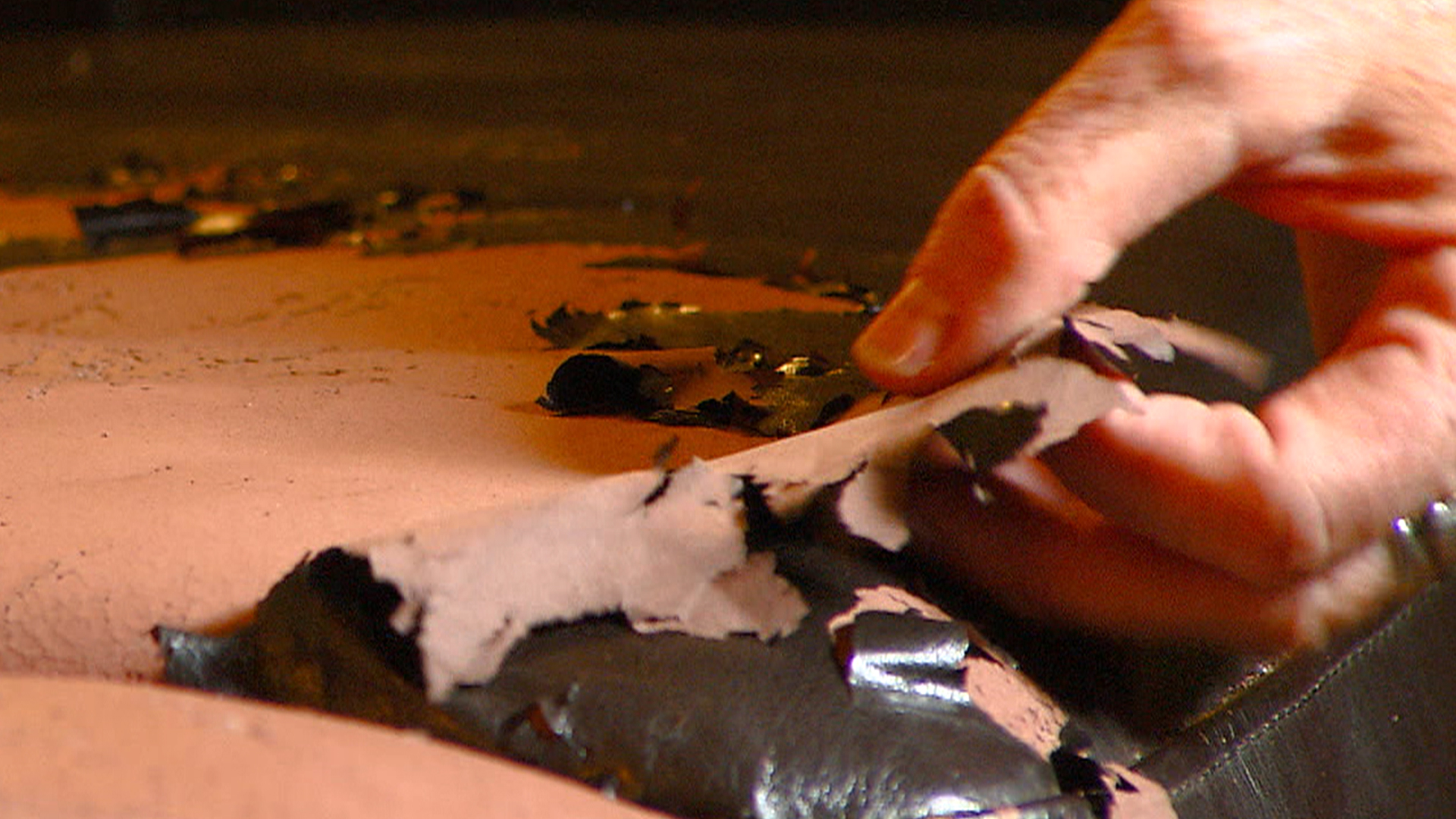











:max_bytes(150000):strip_icc()/stitchingpony-553f8b51679841349c072cc0b6937b69.jpg)













